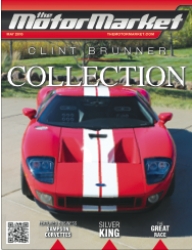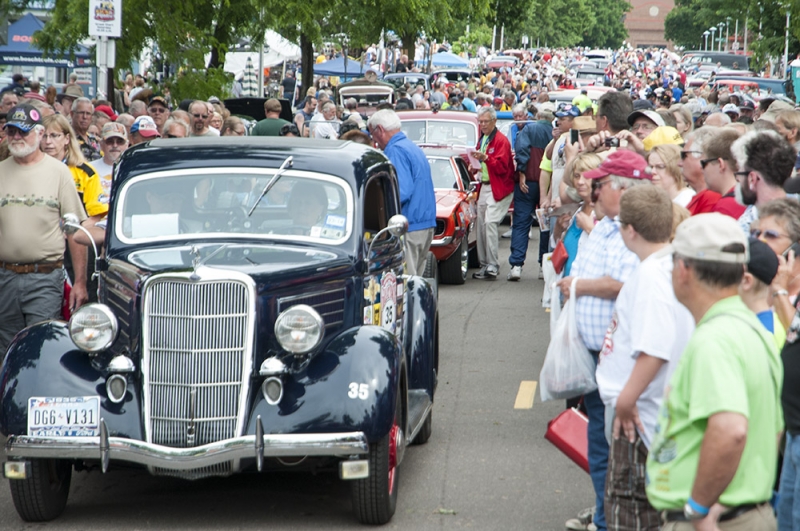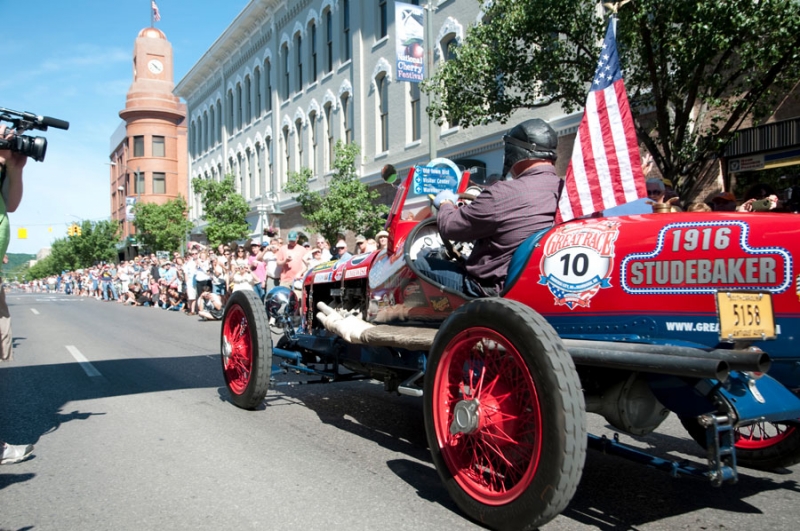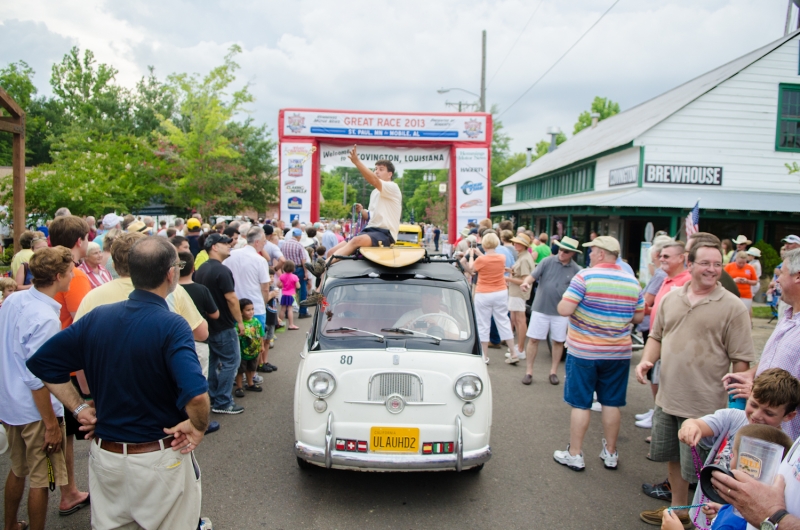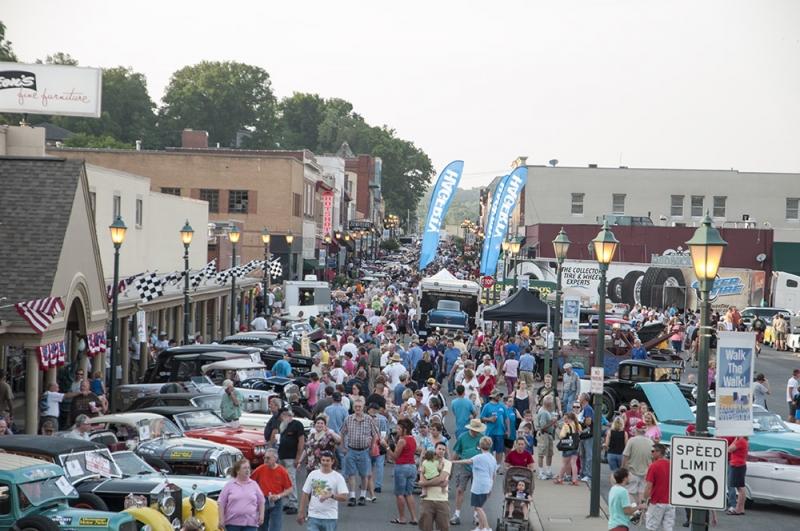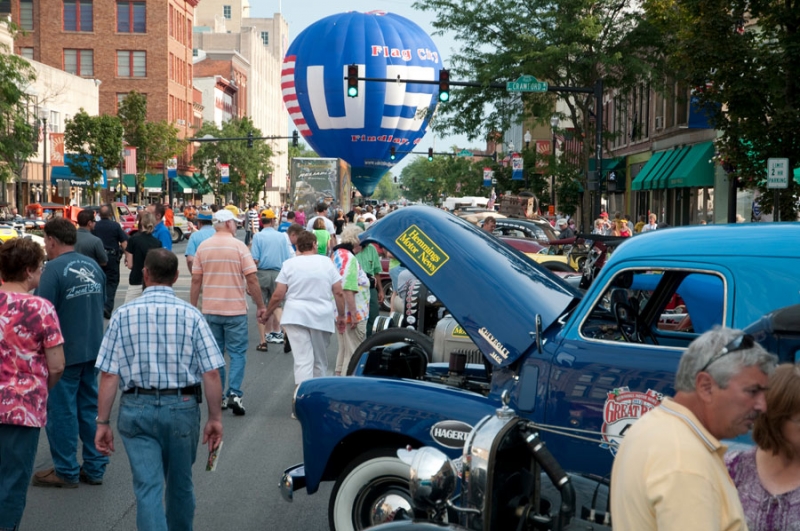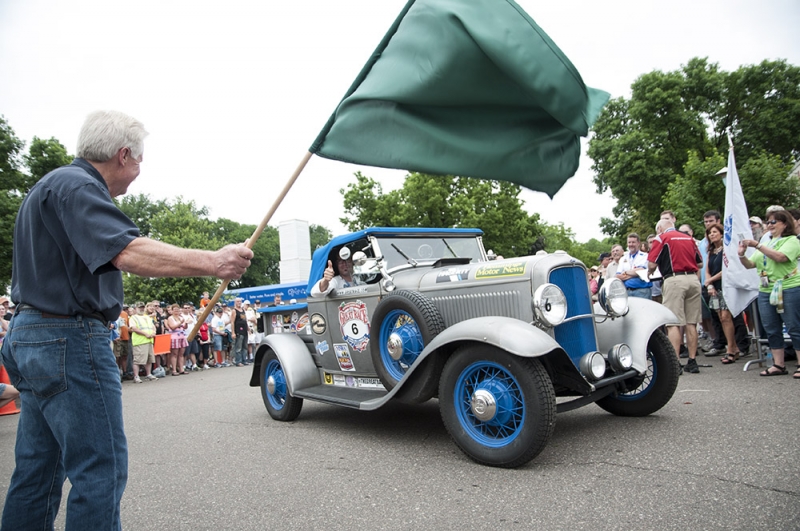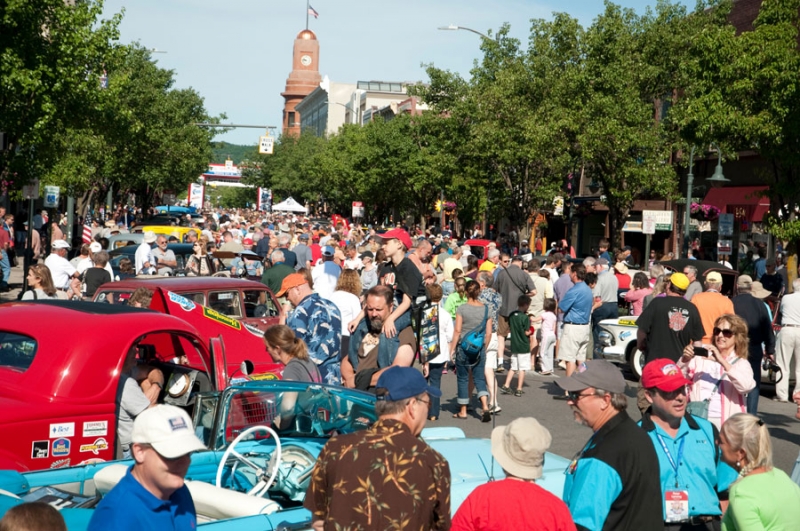More Issues
- August 2023
- September 2021
- August 2021
- July 2021
- June 2021
- May 2021
- April 2021
- March 2021
- February 2021
- January 2021
- December 2020
- November 2020
- October 2020
- September 2020
- August 2020
- July 2020
- May 2020
- April 2020
- March 2020
- February 2020
- January 2020
- December 2019
- November 2019
- October 2019
- September 2019
- August 2019
- July 2019
- June 2019
- May 2019
- April 2019
- March 2019
- February 2019
- January 2019
- December 2018
- November 2018
- October 2018
- September 2018
- August 2018
- July 2018
- June 2018
- May 2018
- April 2018
- March 2018
- February 2018
- January 2018
The Great Race
For decades, the Great Race has traveled the highways of North America, keeping the spirit of freedom and independence alive in an open-road driving adventure. Over 1,000 communities throughout the United States, Canada, and Mexico have hosted Great Race participants and staff in what many consider to be the ultimate event for classic and collector car enthusiasts.
The race is a test of endurance for both man and machine. The Great Race, which began 33 years ago, is not a speed race, but a time/speed/distance/rally. The vehicles, each with a driver and a navigator, are given precise instructions each day that detail every move down to the second. They are scored at secret check points along the way and are penalized one second for each second either early or late. As in golf, the lowest score wins. A typical race covers thousands of miles, 14 days, and a variety of terrains with the winner not always the fastest, but rather the “most calculated”.
The Great Race, the world’s premiere old car rally, will start June 18 in San Rafael, California and finish June 26 in Moline, Illinois on the banks of the Mississippi River. Along the 2,400-mile route, competitors will travel parts of the Lincoln Highway in six states – California, Nevada, Utah, Wyoming, Iowa and Illinois – in addition to a side trip to South Dakota to see Mount Rushmore and the Badlands.
On Thursday, June 23, the race will bring 120 of the world’s finest antique automobiles downtown to St. Joseph Street in Rapid City for the $150,000 event. The cars will arrive at one-minute intervals, starting at 5:15 p.m. for two hours. The cars will make their next stop on Friday, June 24 in downtown Sioux Falls on Phillips Avenue starting at 5:45 p.m. for two hours. Each stop on the Great Race is free to the public and spectators will be able to visit with the participants and view the cars for several hours.
Cars built in 1972 and earlier are eligible, with most entries having been manufactured before World War II. A 1916 Hudson Indy Racer, a 1916 Hudson Four Passenger Speedster, a 1916 Chevrolet Phaeton, a 1917 Peerless Racer, and a chain-driven 1918 American LaFrance Speedster are the oldest cars in the event. The 2016 winners will again receive $50,000 of the $150,000 total purse.
The event was started in 1983 by Tom McRae and it takes its name from the 1965 movie, The Great Race, which starred Tony Curtis, Jack Lemmon, Natalie Wood and Peter Falk. The movie is a comedy based on the real life 1908 automobile race from New York to Paris. In 2004, Tony Curtis was the guest of the Great Race and rode in his car from the movie, the Leslie Special.
First Hand Experience
Starting in 1998 and going through 2000, local businessmen Dean Kjelden and Jim Tranby took the Great Race challenge. Dean is the former owner of Ben-Hur Ford (now Sioux Falls Ford) and Jim owns Classic Import, an import car service company. With Dean behind the wheel and Jim charting their course, they were ready to begin their first race covering highways and byways from Tacoma, Washington to Haverhill, Massachusetts. Their goals were modest…just finish. The pair finished respectably in 1998; they finished 5th in the rookies division, 12th in the sportsmen’s division, and 38th overall out of about 100 cars. It was a grueling two-week period – driving all day and fixing any problems with the car at night. “Imagine climbing into a little two-seater and hitting the secondary roads of this massive country,” remembers Kjelden.
“That first year we were being chased by a storm from west to east. When it caught up to us and the rain came down, we could not keep the rain from coming inside the car. Then you add big semis passing you and throwing water all over your car and it made the ride that much more challenging.”
You would think that a 14-day cruise across the United States would be a great sight-seeing tour. That’s not exactly the case when you are racing in the Great Race. “We were concentrating so hard on instructions and speed that you weren’t really looking around much,” Kjelden said. “Additionally driving a car that pre-dates power steering for seven to eight hours a day is exhausting. During the evenings, after the car was prepared for the next race day, you were treated like stars from the residents of the communities that hosted the race.” The next two years they ran the race were filled with similar stories but nothing quite compares with the first time.
Motor Enthusiasts mark your calendars for the prospective dates the Great Race will be in your South Dakota city, this will be an event you won’t want to miss! TMM
